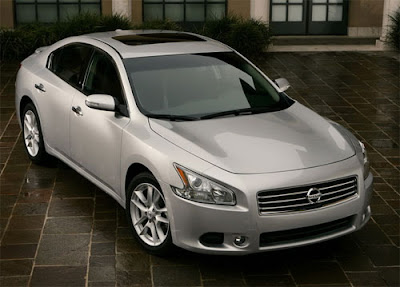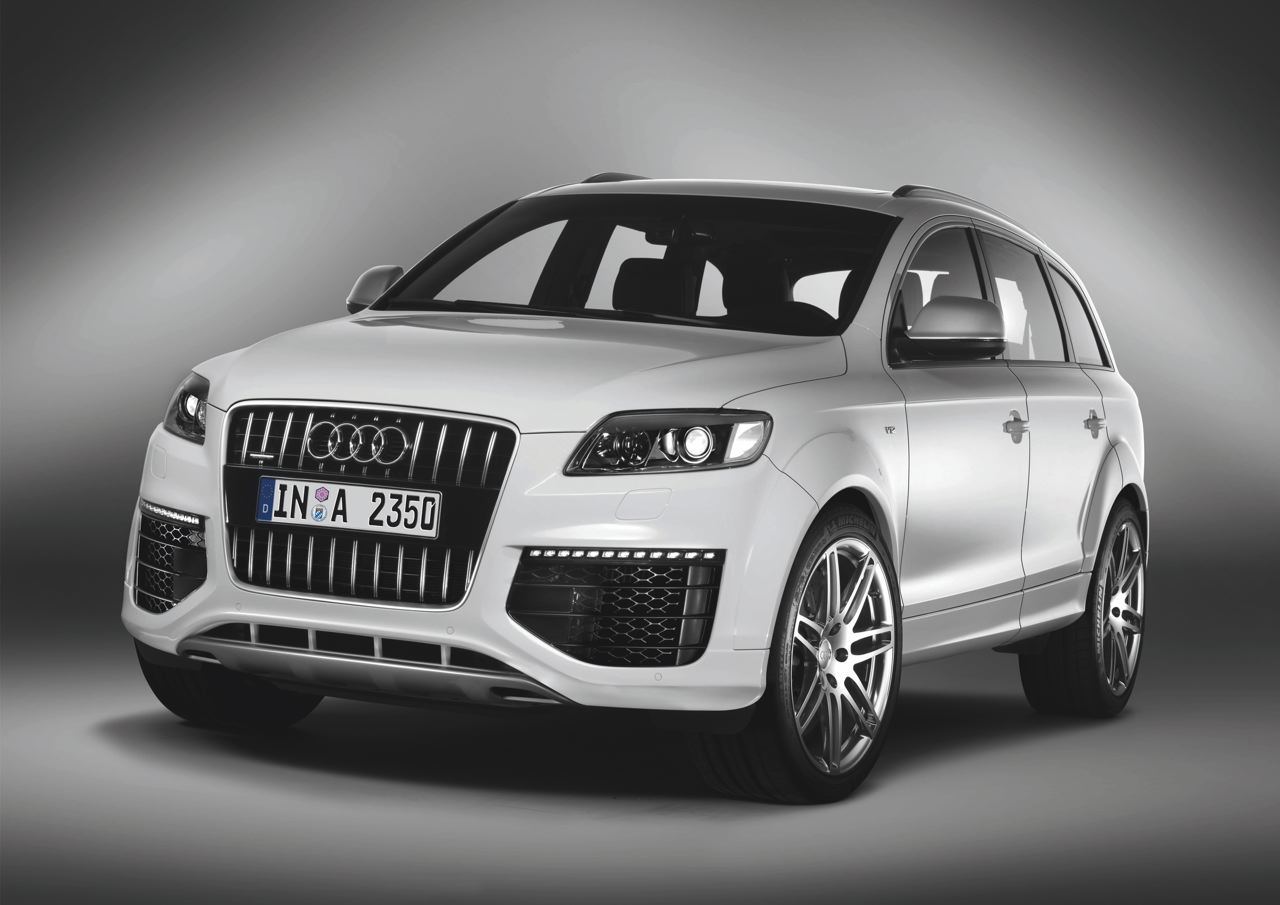Since its foundation, Lamborghini has been a creator of trends in the world of sports cars and has always manufactured cars with an absolutely unmistakable character. Models such as the Miura or Countach, for example, were veritable forerunners and rapidly acquired the status of timeless classic cars. From the moment they are launched, every new Lamborghini promises to become a legend, destined to become a sought-after and precious possession.
With the Lamborghini Reventón, Lamborghini did it again; it created an unequalled super car; the perfect synthesis between the exclusivity and appeal of a limited edition design masterpiece, and the dynamism and driveability of a standard sports car. The Lamborghini Reventón is a road vehicle with an extreme specification and, at the same time, a limited edition masterpiece – a coherent style, angular with sharp lines, inspired by the very latest aeronautics.
With just 20 produced, the Reventón is a symbol of extreme exclusivity, yet still offering the extraordinary performance that makes the Reventón so unrivalled: under the completely autonomous design, the Reventón possesses the entire technical and dynamic competence of the twelve cylinder Lamborghini.
Lamborghini prides itself on being the extraordinary manufacturer of extreme super sports cars without compromise. Sensuality and provocation characterise every Lamborghini, with an aggressively innovative style. “However, the Reventón is the most extreme of all, a true automotive superlative. Our designers at the Lamborghini Centro Stile took the technical base of the Murciélago LP640 and compressed and intensified its DNA, its genetic code,” affirms Stephan Winkelmann, President and CEO of Automobili Lamborghini S.p.A.
The Lamborghini Reventón was entirely designed at Sant’Agata Bolognese, the original birthplace of the Lamborghini and the native home of every super car born under the sign of the bull. The design drawn up in Lamborghini’s Centro Stile is fine-tuned in close collaboration with the Lamborghini Research and Development Department. Thus, the Reventón is not only “haute couture” but it also stands out for its elevated dynamism while being entirely suitable for every day use.
The name Reventón was chosen according to Lamborghini tradition. Reventón was a fighting bull, owned by the Don Rodriguez family. It is included in the list of the most famous bulls ever and is known for killing the famed bullfighter Felix Guzman in 1943.
The present day Lamborghini models are distinguished by the clear language of their shape. The coherent proportions of the Murciélago and Gallardo highlight their power and dynamism. Sharp edges, precise lines and clean surfaces: these are ingredients of a style reduced to the essential. Each element is created exactly according to its function; ornaments and decorations are totally foreign to a Lamborghini.
With the Reventón, the Centro Stile designers coherently developed this philosophy, inspired by another sphere where speed and dynamism reign absolute: modern aeronautics, responsible for the fastest and most agile airplanes in the world. This has created an extremely precise, technically striking style with a new vitality: interrupted lines and contorted surfaces create a fascinating play of light, giving the car incredible movement.
Although it is based on the extraordinarily successful Murciélago LP640, the exterior design of the Reventón is completely new. Just like the base model, the exterior is made of CFC, a composite carbon fibre material, which is as stable as it is light. The exterior components are glued and fixed to the body comprised of CFC and steel.
The front is characterised by the acute angle of the central ‘arrow’ and by the powerful forward-facing air intakes. Although they do not supply air directly to the turbine like an airplane, bearing in mind the 650 hp, an abundant volume of air is necessary to cool the carbon brake disks and the six cylinder callipers.
Naturally, both doors on the Reventón open upwards – since the legendary Countach this has also been a symbol of the V12 Lamborghini product line. With their asymmetric configuration, the large air intakes below the doors provide an example of the extreme coherence with which a Lamborghini fulfils its function: on the driver’s side it is large to increase the flow of oil to the radiator. On the passenger’s side of the vehicle, the air intake is flat because in this case, it only has to ensure the flow below the floor. The aerodynamically optimised flat floor structure terminates at the rear with a diffuser featuring an accentuated shape. This guarantees excellent road grip and stability even at 340 km per hour.
In spite of the extreme and innovative language of its shape, the Reventón not only maintains all the strong features of the Murciélago LP640, but also offers further amelioration in terms of aerodynamics, the important engine cooling system, the air intake system and brakes. The airflow and the section of the variable geometry air intakes of the engine and the rear spoiler (also adjustable) have been modified.
The engine hood made of glass laminate with open ventilation slits offers a glimpse of the beating heart of the twelve cylinders of the super car. The glass also features the marked arrow angle that characterises the design from the front to the rear spoiler. The Lamborghini designers’ love for detail is beautifully illustrated by the fuel tank lid: a small mechanical work of art, achieved by milling a solid aluminium block.
The combination lights transform the incisiveness of the design into light: the front features the most modern light-emitting diodes alongside Bi-Xenon headlights. Seven LEDs ensure continuous daylight while there are a further nine diodes for the indicator and hazard lights. Another technical innovation is found in the rear light LEDs. Because of the high temperature in the rear low part of the car, special heatproof LEDs are used for the indicator and hazard lights, stoplights and rear lights with a triple arrow optical effect.
Naturally, such a refined language of shape also demands an extraordinary colour. For the 20 examples of the Reventón, the designers from Sant’Agata Bolognese created a totally new hue: Reventón, a mid opaque green/grey without the usual shine. However, thanks to the metallic particles, in the daylight this colour tone features surprising depth.
This play of opaque and lustre is also featured on the wheel rims, especially created for the Reventón. Opaque carbon fins are screwed onto the black aluminium spokes, not only creating a visual effect with the precision of a surgeon’s scalpel, but a turbine effect also ensures optimum cooling for the powerful ceramic brake disks.
The same innovative force applied to the exterior design characterises the cockpit of the Reventón. Designed and created using Alcantara, carbon, aluminium and leather that comply with the top quality standards, the interior is inspired by the next generation cockpits: just like in modern airplanes, the instruments comprise three TFT liquid crystal displays with innovative display modes. At the touch of a button, the driver can choose from two vehicle information display modes. The instruments are housed in a structure milled from a solid aluminium block, protected by a carbon fibre casing.
The G-Force-Meter is also completely new: this display shows the dynamic drive forces, longitudinal acceleration during acceleration and braking, as well as transversal acceleration around bends. These forces are represented by the movement of an indicator on a graduated 3D grid depending on the direction and intensity of the acceleration. A similar instrument can be found in the airplanes. Formula One teams also use a similar device to analyse dynamic forces.
The instrument on the left of the speedometer associates the number of revolutions in the form of a luminous column with the display of the selected gear. Finally, every Reventón is equipped with a robotised e.gear controlled by two small levers under the steering wheel. By simply pressing a button, the driver can switch to the second, quasi-analogical display, where the classic circular instruments, speedometer and engine speed indicator are configured in an equally innovative way and transformed into luminous pilot lamps with varying colours. The G-Force-Meter naturally remains at the centre in this display mode.
All this is possible thanks to the fact that the entire electronic platform of the Reventón, together with all the control devices, has been autonomously developed by the Lamborghini experts. The same process for integrating the electronic displays in the car was applied to the Lamborghini Engineering Department.
The technology found in the Murciélago LP640 has not been modified. The engine in the LP640 forwards is the classic twelve-cylinder engine with 6.5 litre displacement. Only for this car, Lamborghini guarantees, an astounding 650bhp at 8,000 revolutions per minute. The huge torque, equal to 660Nm, ensures a powerful switch from any number of revolutions: even the slightest pressure on the accelerator is spontaneously transformed into thrust. The robotised e.gear changes gear faster than even the most expert driver. In addition, the permanent Viscous Traction four-wheel drive system ensures that every force is constantly translated into movement.
As in the original Murciélago LP640, the Reventón accelerates from 0 to 100 km/h in just 3.4 seconds, with a maximum speed over 340 km/h.
 lamborghini reventon extreme
lamborghini reventon extreme




 2011 audi q7 luxury car
2011 audi q7 luxury car
 2011 maserati grancabrio
2011 maserati grancabrio

